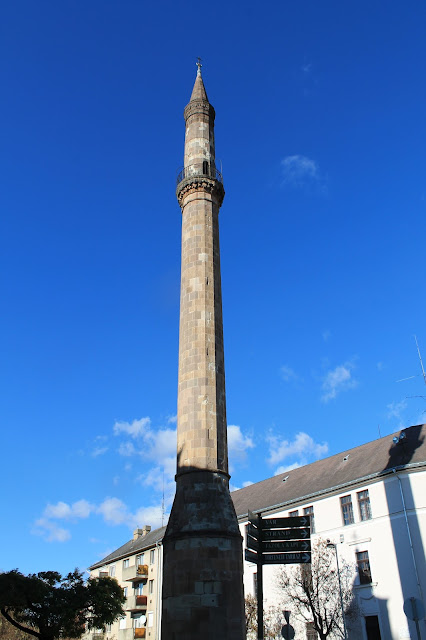 |
| Goblin head and basilisks on door arch on Báthori Utca. |
 |
| Pyramidal spires on corner of Honvéd u. and Honvéd ter. |
 |
| Architectural sculpture and clock on corner of Honvéd and Báthori utca. |
 |
| Statues on door portico top on Kálmán Imre u. |
 |
| Boar and wolf head ornamentation on Szemere u. |
 |
| Window on Szemere u. |
 |
| Corner of Báthori utca and Aulich u. |
 |
| Window on Honvéd u. |























